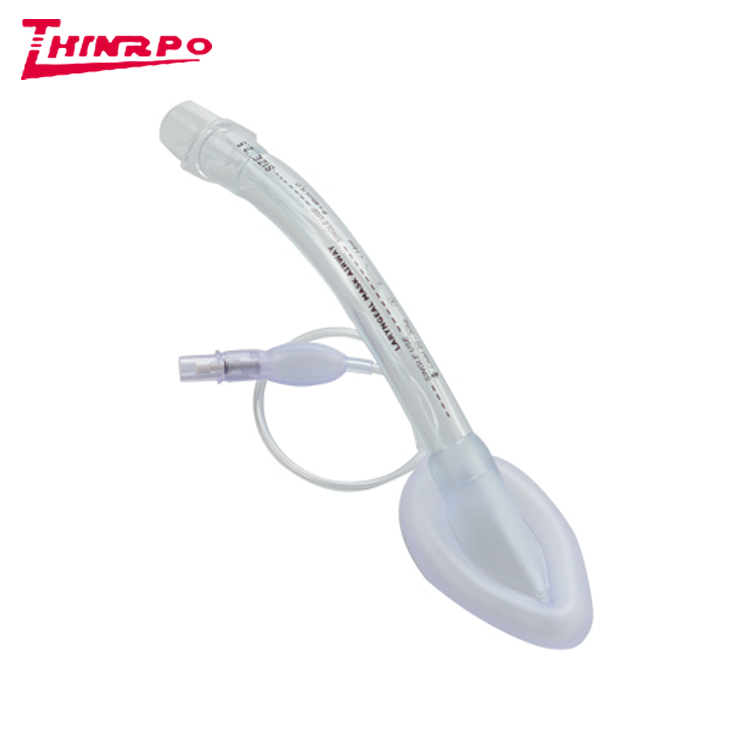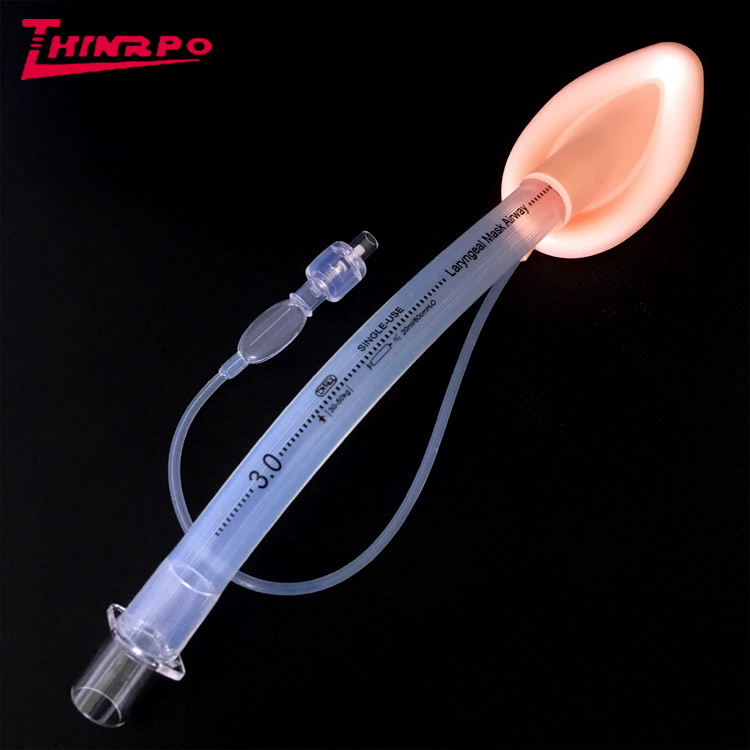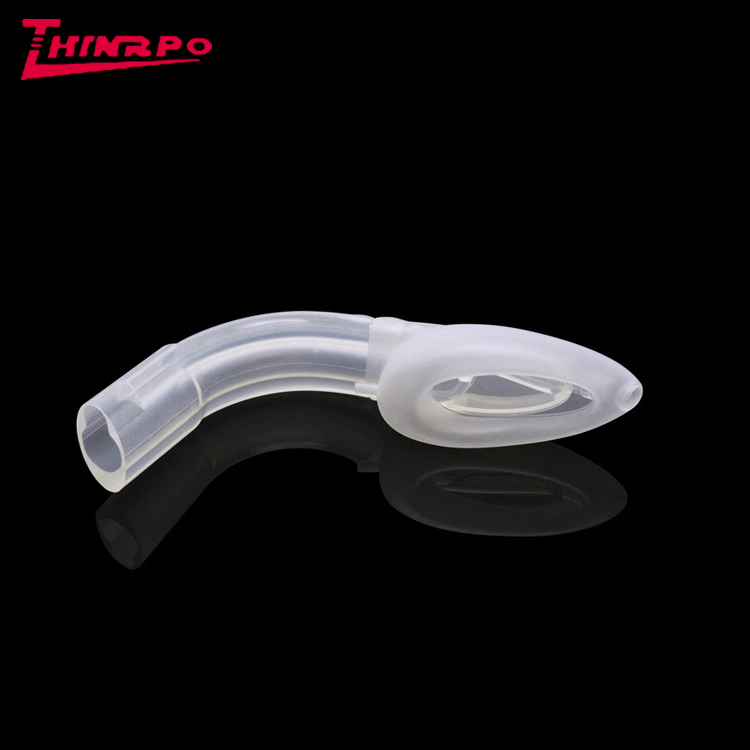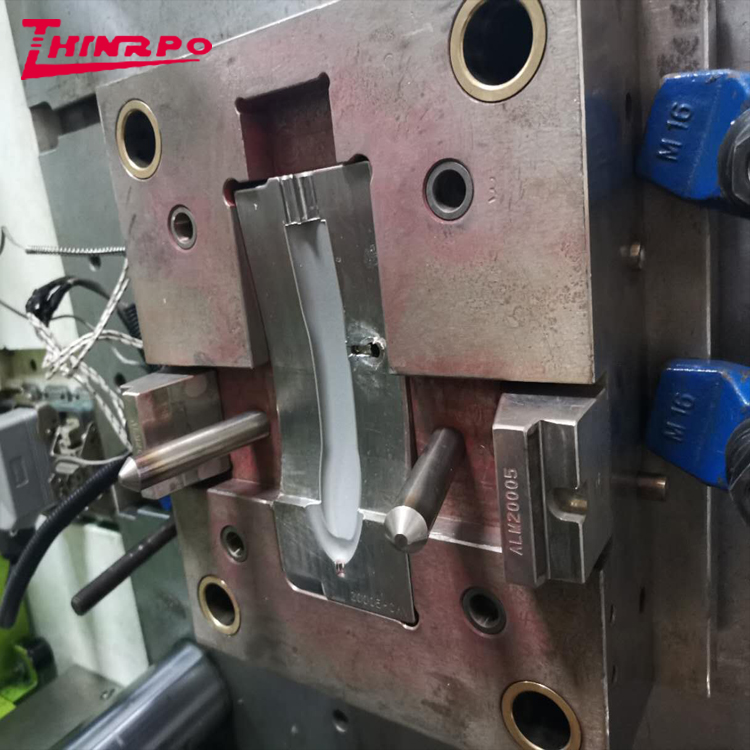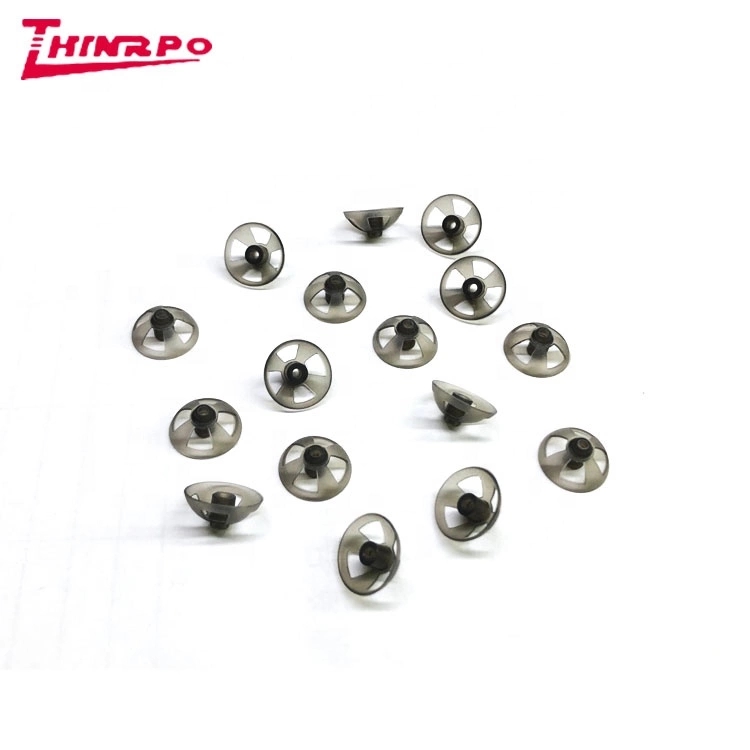
Disposable Medical LSR Airway Laryngeal Mask
1. LSR laryngeal mask is a kind of nontoxic, odorless, transparent and environmental friendly medical grade silicone laryngeal mask.
2. Soft, elastic, anti kink, not easy to deform.
3. No crack, long service life, low temperature and high temperature resistance.
4. It is easy to use and does not need laryngoscope. Compared with endotracheal intubation, it is less difficult to place and has high success rate.
5. It is widely used in general anesthesia, especially in short general anesthesia, respiratory management and emergency airway opening during rescue.
Disposable Medical LSR Airway laryngeal mask
LSR Airway laryngeal mask , also called LMAS, Silicone Laryngeal Mask, Reusable Laryngeal Mask, which is used has two kinds, one is reusable, and is made of medical grade liquid silicone rubber by LSR injection Mold, and the other one is disposable: Intubating LMA with endotracheal tube and LMA with gastric suction channel.
What is a laryngeal mask used for?
Laryngeal mask airways (LMA) are supraglottic airway devices. They may be used as a temporary method to maintain an open airway during the administration of anesthesia or as an immediate life-saving measure in a patient with a difficult or failed airway.
How many types of LMA are there?
Laryngeal mask airways come in several types, as follows:
The LMA Classic is the original reusable design.
The LMA Unique is a disposable version, making it ideal for emergency and prehospital settings.
The LMA Fastrach, an intubating LMA (ILMA), is designed to serve as a conduit for intubation.
Silicone Laryngeal Mask Airway's Advantages:
Silicone LAM can obtain, secure, and maintain a patent airway. The laryngeal mask airway is passed beyond the tongue, forming a seal with the laryngeal inlet and eliminating the most common cause of upper airway obstruction in the non-intubated patient. Maintenance of a patent airway with fewer episodes of oxygen de-saturation has been demonstrated for the LAM as compared with the face mask maintenance of the patent airway with fewer episodes of oxygen de-saturation.
Silicone Laryngeal Mask's Disadvantages:
Laryngeal Mask can not isolate the airway so can not protect against the risk of aspiration. Indeed, the LAM has been shown to form a direct conduit between the laryngeal inlet and esophagus by enclosing both. The incidence of regurgitation associated with the use of the LAM varies from 0% to 23%, which is comparable to the incidence of regurgitation associated with general anesthesia administered by other techniques. However, much of the literature concerning regurgitation and aspiration with the LAM is now recognized to be of questionable scientific design.

